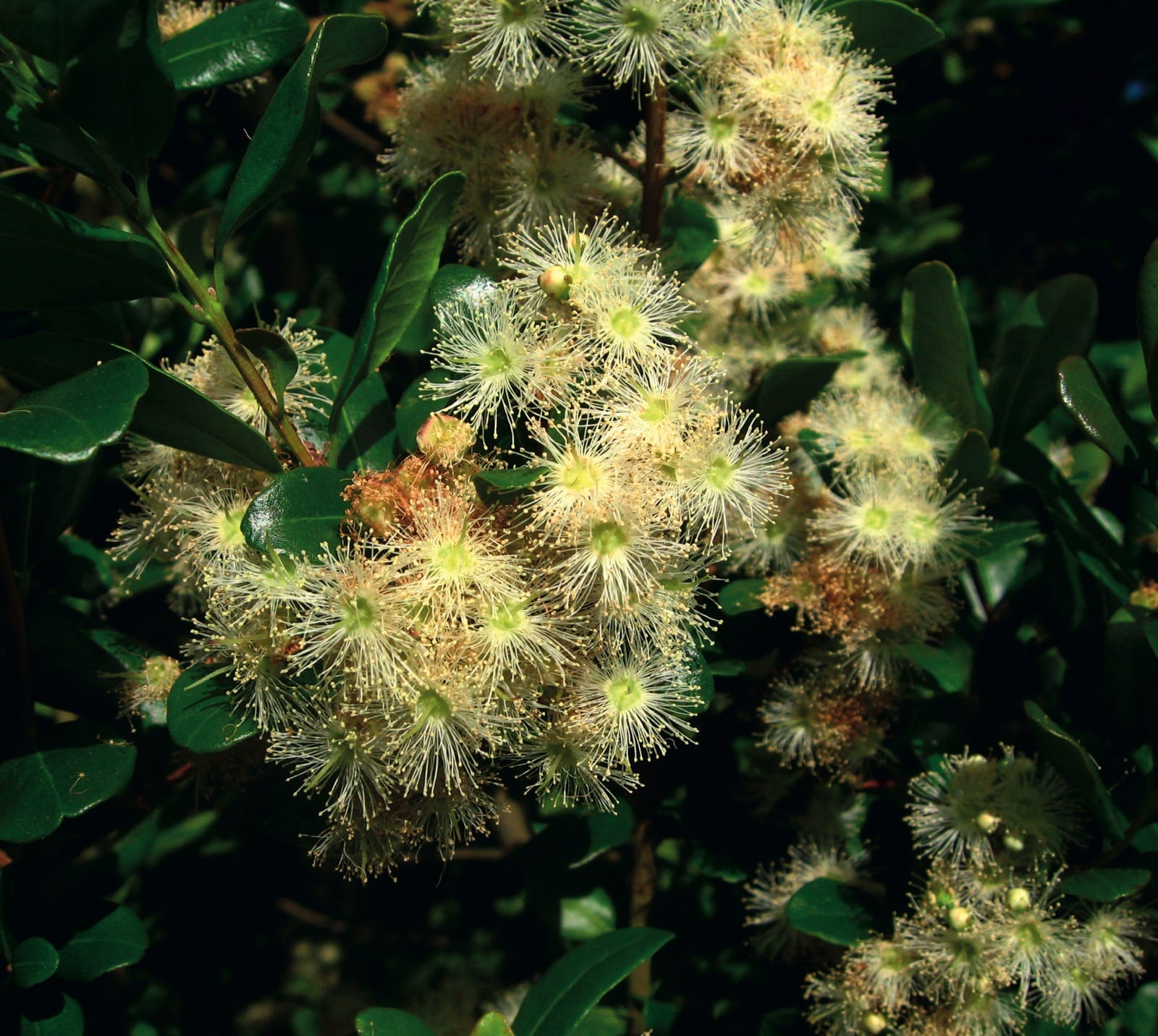Blepharocalyx
Credits
Article from New Trees by John Grimshaw & Ross Bayton
Recommended citation
'Blepharocalyx' from the website Trees and Shrubs Online (treesandshrubsonline.
Family
- Myrtaceae
Synonyms
- Heteromyrtus Blume
- Temu O. Berg
Blepharocalyx is a genus of evergreen trees or shrubs found in South America and the Lesser Antilles, closely related to Pimenta Lindl. and resembling several other small myrtle-like trees. There are three species, but the only one known to be in cultivation is B. cruckshanksii. There are simple or branched hairs (whitish, yellowish or reddish brown) on several parts of the plant. The inflorescence is a dichasium with 3–15 flowers or a panicle with approximately 35 flowers. The flowers themselves are 4-merous; the calyx is lobed and either closed or open in the bud; if closed, it tears into four lobes at anthesis and falls; if open, it may fall cleanly at anthesis or remain until the fruit ripens; the petals are whitish; the stamens, approximately 80–160, are folded into the centre of the flower in bud. The fruit is a globose berry with 1–15 seeds (Landrum 1986).

